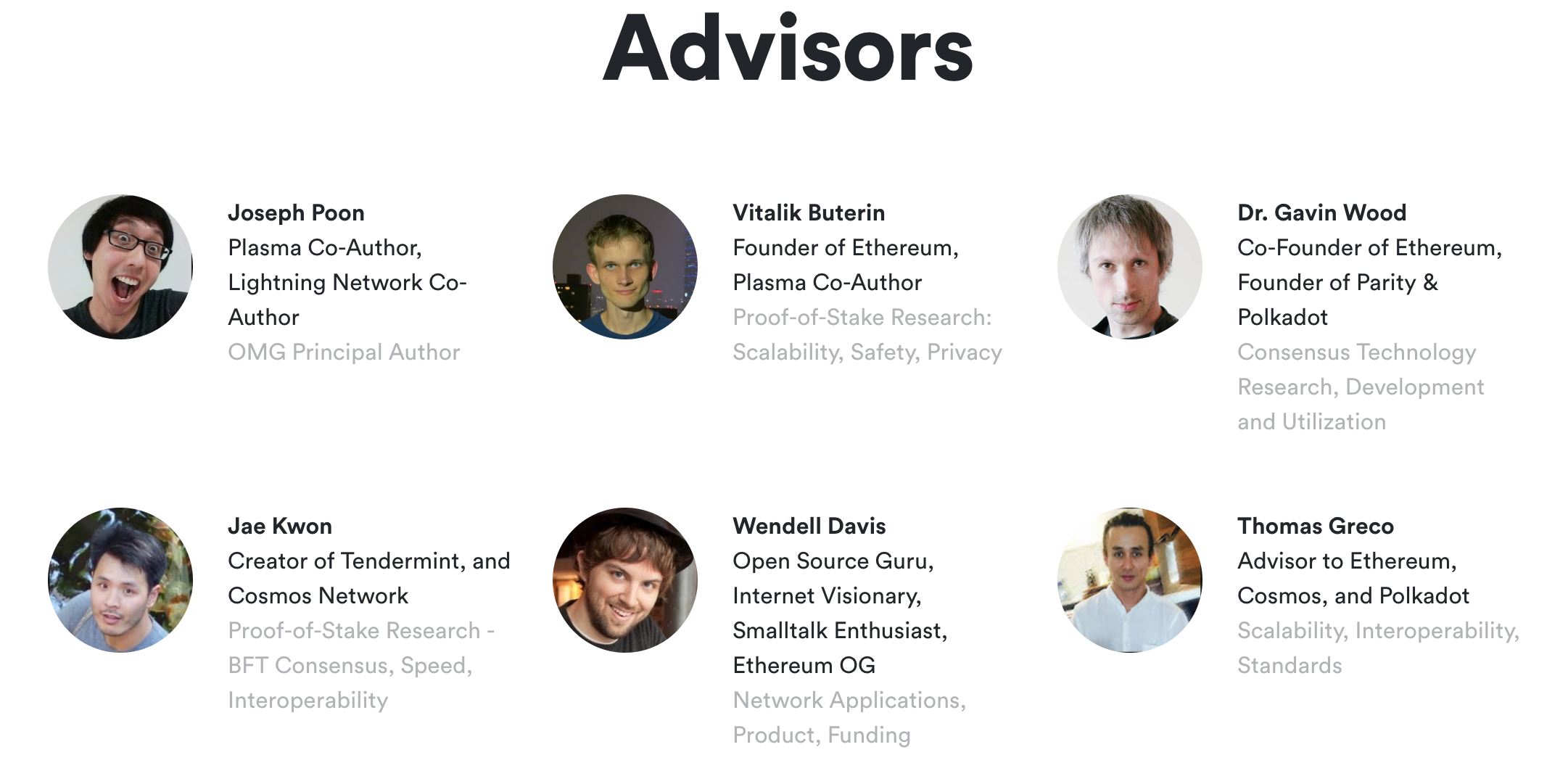The Founders’ Product Marketing Guide: Part IV
Part 2: Define Your Target Persona
Part 4: Launch it! - Test, Analyze, Rinse and Repeat (TARR)
Now that you’ve created realistic personas, buyer profiles, competitive product SWOT analysis, product positioning, and messaging-you are squared away to start selling. Your first sales will more than likely come from referrals-friends, family, early investors, and current clients. I’d suggest starting your cold-calling process early to make sure you are getting a good mix of customer feedback. Prospects (or customers) generated from cold leads tend to give more honest feedback. Prospects from cold calls tend to give more upfront feedback as they will not have any “emotional attachment” to you. In the early days, of starting your company, you should be ruthlessly focused on getting paying customers and simultaneously improving the best product.
Make sure to make sure all key stakeholders are in agreeance with moving forward with a sales strategy. This should be a team effort!
General B2B Sales Process:
Discovery
Demo
Close
Depending on your pricing point, the number of decision-makers involved, the decision-making process of prospects, among other things, it will dictate how many steps and exact time period it takes for you to close the deal.
What are the metrics you need to review to hold everyone accountable? I thought you’d never ask!
The Most Pertinent Sales Metrics:
Close Ratio - Deals Closed/Demos Given
Sales Cycle - Time Period from initial contact to deal close
Demo Show Ratio - Demos Presented/Total Demos Set
Total Demos Presented
Average Deal Size
Lead source - Source of Lead (Referral, Website, social media, and etc.)
Calls to Set - Demos Given/ Number of Calls
Cost-Per- Sales Qualified Lead (SQL) - Total Marketing and Sales Cost / Total Sales Qualified Leads
Cost-Per-Deal - Total Marketing and Sales Cost / Total Number of Deals
Total Number of Closed Deals
Deals by Industry
With these metrics, in place, you should set any goals for each of these metrics. It’s always good to have more data, however, you want to have enough data be able to make actionable plans and decisions to move forward. These are just baseline metrics that I’ve seen measured at previous sales roles and working in tandem with Sales, Marketing, and Product teams to measure effectiveness initiatives on sales conversions.
With your sales data, you will be able to begin creating sales training collateral, marketing material, and see opportunities to improve product messaging and positioning tactics. Your next step should be to create an analytics dashboard that everyone in the company has access to hold everyone accountable and update on the progress or lessons being learned. I’d suggest having no more than 4 key metrics (number of deals, close ratio, average deal size, and sales cycle).
Here are Qualitative Metrics:
Number of Decision Makers Involved
Most desired product feature
Common Objections
If it’s not tracked, it didn’t happen!
Depending on your budget, it may make sense to invest in a CRM but if not, you should be able to do some simple tracking using excel even though it would be pretty ugly. I would suggest using a CRM such as Close.io or something similar as it is not as cumbersome to set up. You can always switch to Salesforce once you have a bigger budget and anticipate growing out your sales team.
Once, you’ve figured out your sales process, I’d suggest creating a small marketing budget to begin testing out different marketing channels to see which one will give you the return on investment. Many startups make the mistake of “scaling” before figuring out the core business model. Solidify your core business model, and then build and expand your team around it.
I hope you find this guide helpful and clap for this article until both of your hands hurt!!
Before launching your inbound or outbound sales strategy, be sure to launch with a CRM to do proper lead tracking, and sales metric analysis.






































